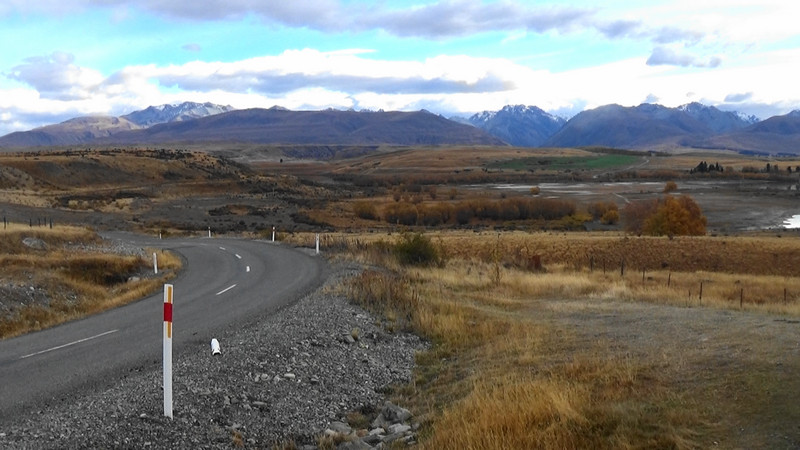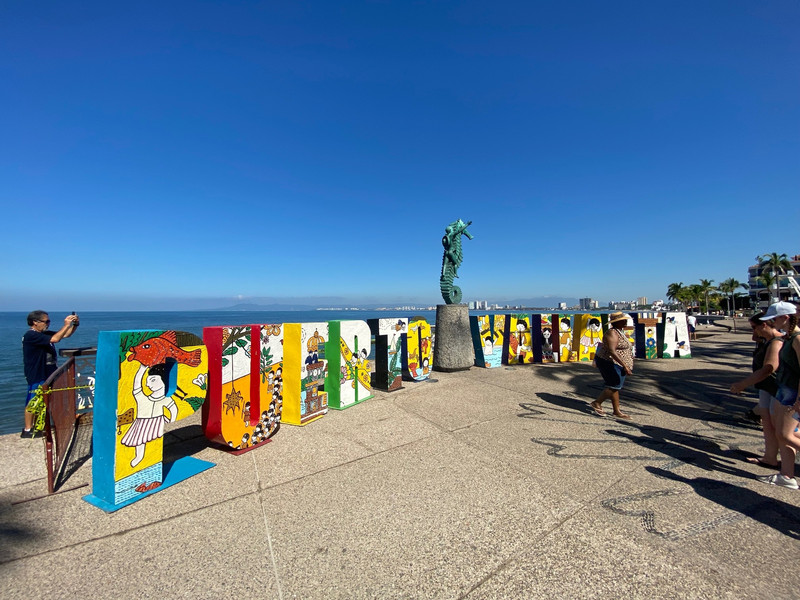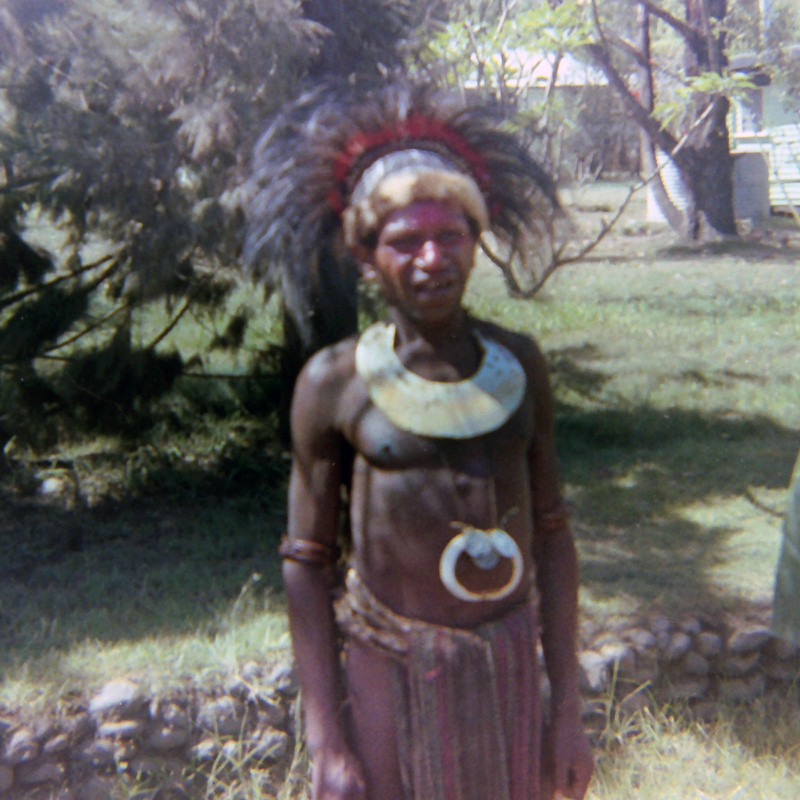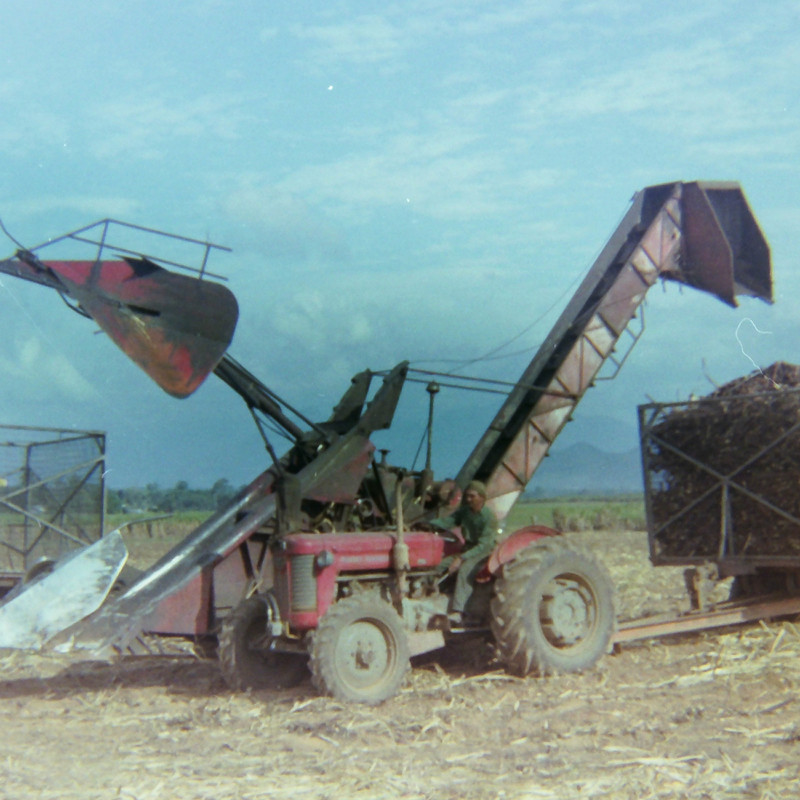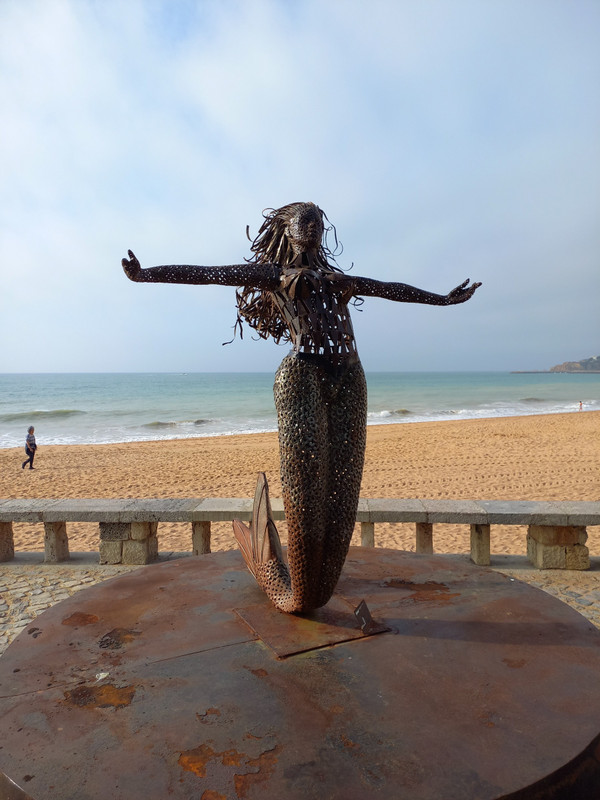We are down to the last day of our stay at Lake Tekapo and as we had hoped the dip in the hot tub on the deck at night has made our stay here very relaxing. We are pinching ourselves because we had found such a restful accommodation.
There had been a bit more rain overnight but the prospects for a reasonable day without any further rain was on the cards which will ensure we get around the three close locations to the township that we want to explore and get a feeling for the history of this unique part of New Zealand.
Heading out for some sightseeing our first location to visit were the twin lakes of Lake McGregor and Lake Alexandrina to the northwest of Tekapo township.
From Tekapo you cant see these lakes as they are hidden behind the imposing hill that the Mt John Observatory sits on. We hadnt included a visit to the observatory as the nights had not been clear enough to take in what is reputed to be the best night sky area in New Zealand.
first drove past Lake McGregor which appeared to be an attraction to wildlife if the sight of a man standing out from the shore of the lake with waders on taking photos of geese on the water!
Shortly after that we came to Lake Alexandrina which was much larger in size than Lake McGregor and had a number of holiday baches with views out over the lake together with a caravan park with a few hardy campers eking the last of the autumn weather out before winter arrived.
The lake which had its origins from glacial movement has a good population of trout and is a popular fishing spot although today no one appeared to be out there catching their limit.
Back to the Godley Heads road running up the side of Lake Tekapo we carried on to Glenmore Station, a high country farm of some 19,000 hectares which stocks mainly merino sheep and some cattle.
The history of Glenmore goes back over 100 years and the farm has been in the Murray family all those years. Today it is not only a working high country farm but also a place that offers to tourists
wanting to get a taste of high country farm living. The book Gretchen had been reading yesterday and has not quite finished today was about the history of the farm.
Back to Highway 8 and we drove east through Tekapo township and onto a locally known corner of the highway, ‘Dog Kennel Corner(you will be able to tell that with the working collie statue back in Tekapo and this monument out of the town that dogs are a very important part of life in the Mackenzie country)
Taking a right hand turn we headed down Haldon Road towards the largest of the hydro lakes, Lake Benmore although it wasnt our intention to go all the way down to that lake.
Instead we took a left turn onto an alternative road to leave the Mackenzie Basin to drop down to the Canterbury Plains.
Again it wasnt the plan to go all the way along the road, rather up to the summit of the Mackenzie Pass and along the way relive some of the history and folklore that surrounds the story of the Scottish shepherd, James Mackenzie who is credited with discovering the Mackenzie Basin in 1855 when
he rustled 1000 sheep from the Waitaki Valley to Tekapo. After being caught and denying the theft of the sheep he escaped his captors and headed out of the Mackenzie Basin over the Mackenzie Pass. He was again caught but escaped along with his dog Friday. Today a monument sits on a bend in the road up to the summit recognising this incident on 4th March 1855.
Mackenzie ended up walking to Lyttelton, Christchurch where he was again captured and this time tried and sentenced to 5 years hard labour for the rustling of the sheep. He escaped from road gangs twice while he was serving his sentence and was eventually pardoned at a retrial when a new judge found that the evidence against Mackenzie had flaws.
Mystery surrounds what actually happened to James Mackenzie after he was released but it is believed he returned to Australia.
